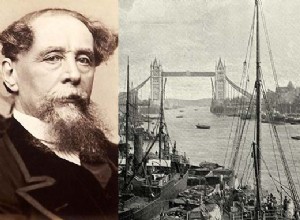Julius Caesar climbed the steps of power in a meteoric rise; the Senate quickly named him dictator for life. In Antiquity, a dictator was one who received full powers from the Assembly to carry out a specific mission in a given time. But he assumes them for life. However, Caesar lacks a royal titl




